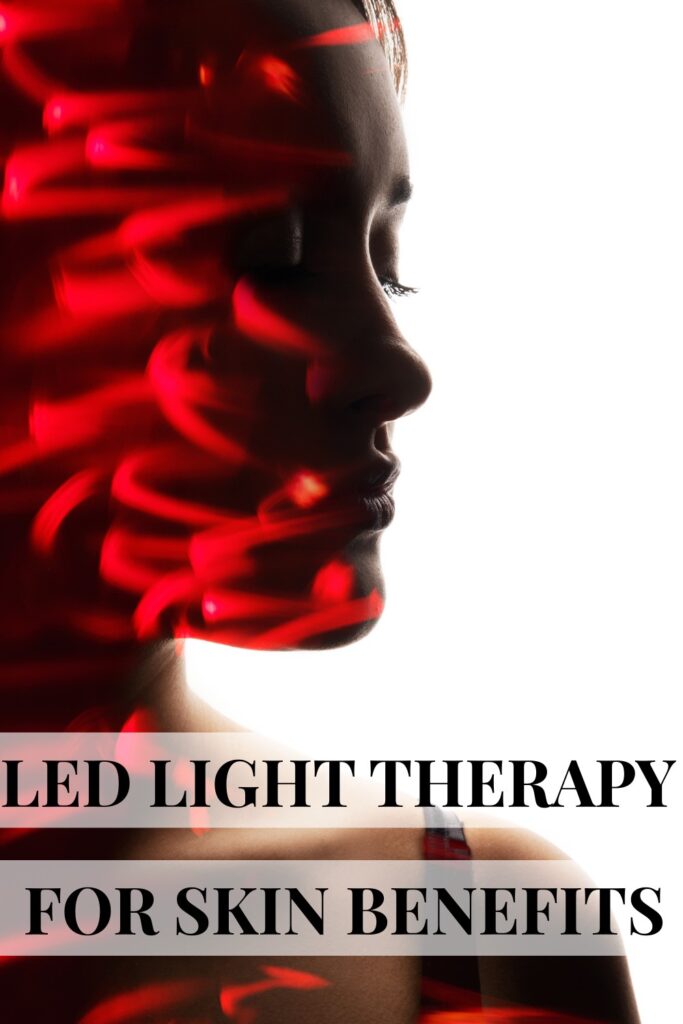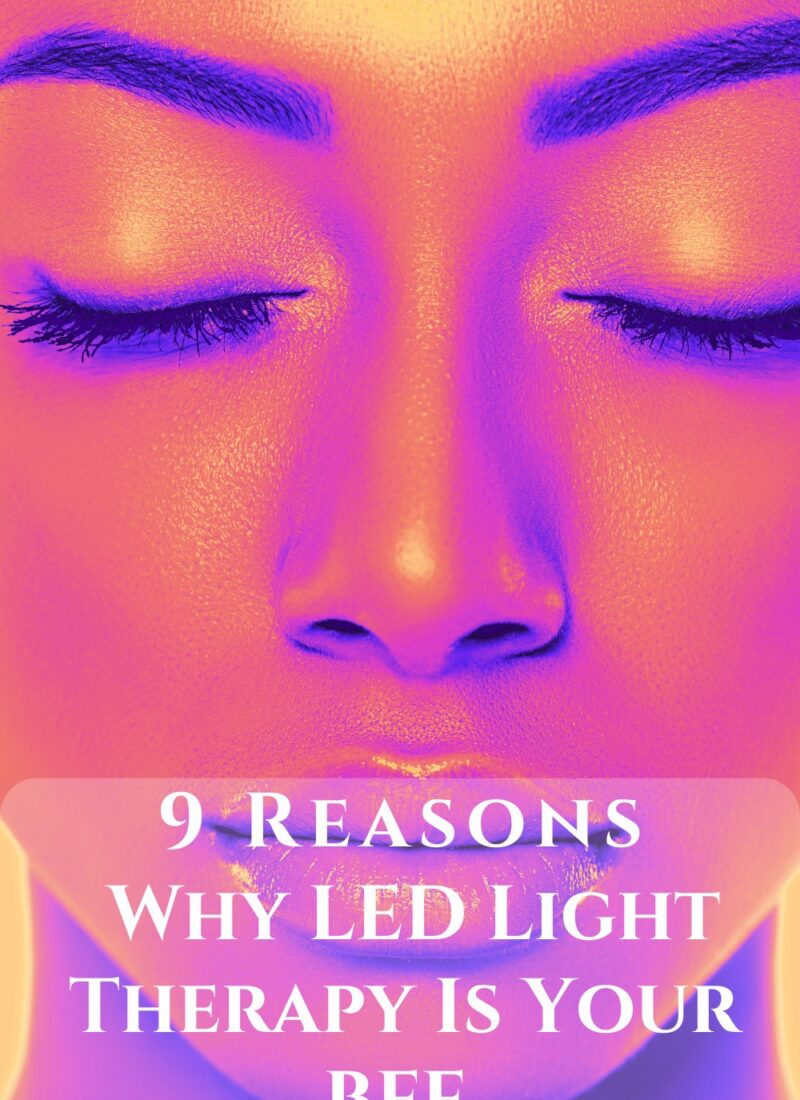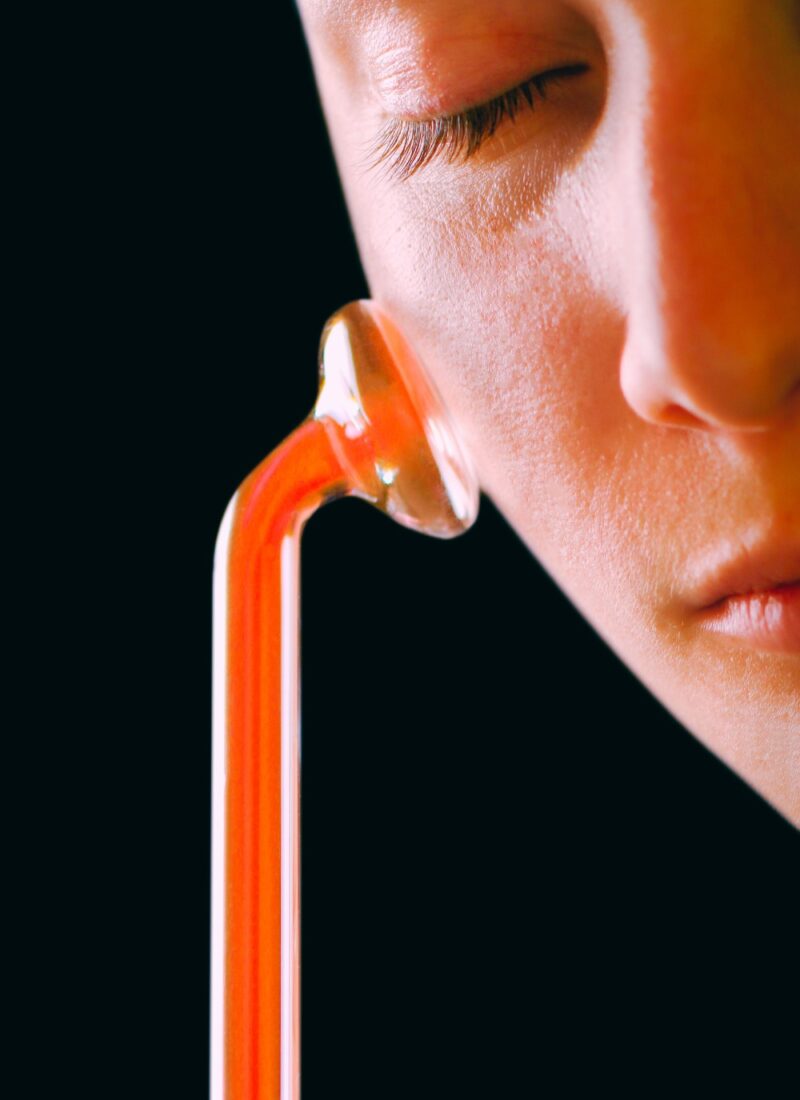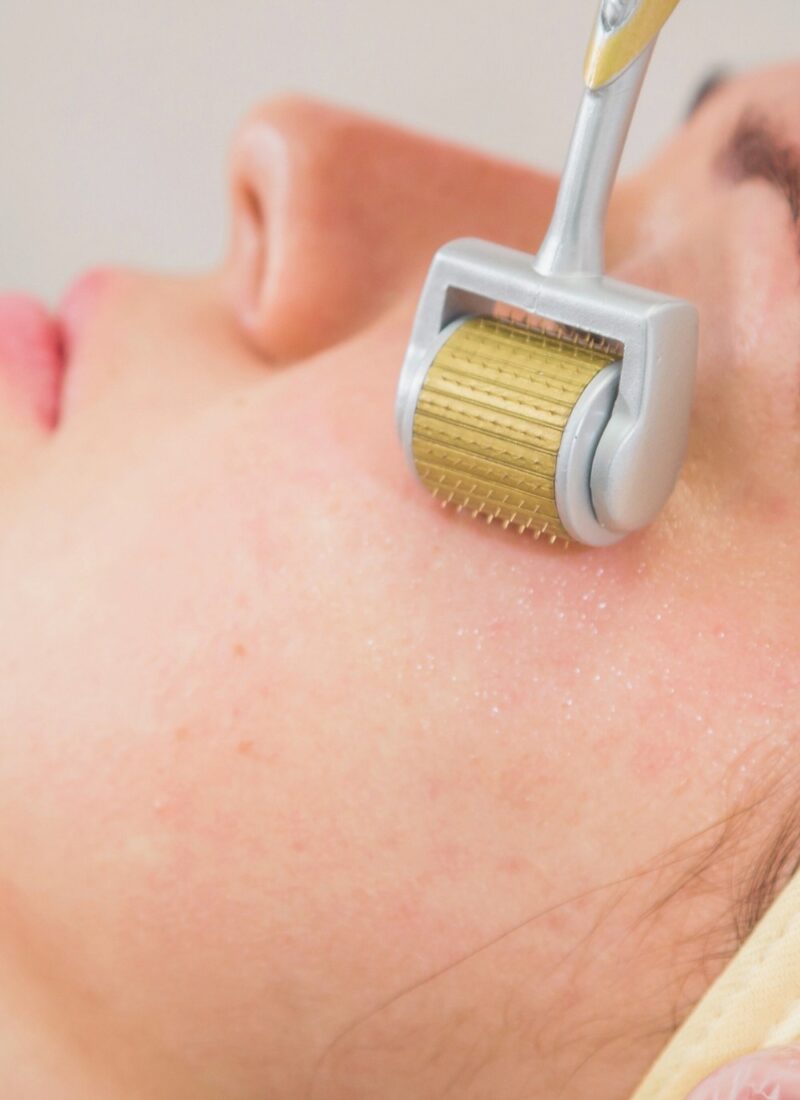Suppose you’ve been curious about LED light therapy for skin benefits. In that case, you are not alone. More people than ever are embracing LED light therapy at home as a non-invasive, effective way to improve skin health, tone, and texture. Whether you’re dealing with fine lines, breakouts, or dullness, LED light treatment could be the game-changer your skincare routine is missing. As I am a fan of LED light skincare, today we want to take a close look at LED light skincare devices. Let’s dive in!
This post contains affiliate links. If you purchase through them, I may earn a small commission at no extra cost to you.

This post is all about LED light therapy, what they do, how they work, and some of the best LED devices at home for an LED light skincare routine.
But with so many devices on the market, it’s hard to know which ones are actually effective. In this post, we’ll break down:
- What each LED light therapy color does
- The key differences between red, near-infrared, and far-infrared light
- The pros and cons of LED light skincare masks vs. panels
- LED light therapy side effects to know
- What to look for when shopping (hint: wavelengths matter!)
- And of course, top picks for the best devices in the 660–850 nm range
Let’s get glowing!
What Does Red Light Therapy Do?
Every living cell needs good light to be healthy. -a.k.a Photosynthesis!- One of the most studied and popular wavelengths in LED skincare is red light, specifically at 660 nm. This wavelength penetrates the skin just deep enough to stimulate collagen and elastin production, helping to firm the skin and smooth fine lines.
So when people ask “what does red light therapy do?”, the short answer is:
- Boosts collagen for firmer, younger-looking skin
- Improves blood flow for a healthy glow
- Reduces inflammation and redness
- Speeds up healing (great post-facial or after extractions)
Near-Infrared (850 nm): Going Deeper for Healing
Near-infrared (NIR) light typically falls between 800–850 nm and penetrates even deeper than red light—down to the subcutaneous tissue. It supports:
- Cellular repair and ATP production (cellular energy)
- Deep tissue healing and circulation
- Reduction of chronic inflammation
For those seeking LED light therapy for skin benefits below the surface—like wound repair, deeper tissue inflammation, or even jaw tension—devices that combine 660 nm red light and 850 nm NIR light offer the best of both worlds.
LED Light Therapy Color Benefits: A Quick Overview
| Color | Wavelength (Approx.) | Benefits |
|---|---|---|
| Red | 620–700 nm | Anti-aging, healing, collagen production |
| Near-Infrared | 800–850 nm | Deep tissue repair, inflammation reduction |
| Blue | 405–470 nm | Kills acne-causing bacteria |
| Green | 525–550 nm | Reduces pigmentation, calms the skin |
| Yellow/Amber | 570–590 nm | Reduces redness and irritation |
For this post, we’re focused on the 660–850 nm range—ideal for anti-aging and healing.
LED Light Therapy at Home: Face Mask vs. Panel—Which Is Better?
When choosing LED light therapy at home, most people end up deciding between two styles: face masks and panels. Here’s what you need to know.
Face Mask Type
Pros:
- Hands-free and easy to use
- Direct contact with the skin
- Often comes with multiple light colors (red, blue, yellow)
Cons:
- Only covers the face
- Limited power output (lower irradiance)
- May not offer near-infrared light
|
$469.99
|
$390.00
|
$129.99
|
|
Pros:
|
Pros:
|
Pros:
|
- Red (633nm), Near Infrared (830nm), and New Deep Near Infrared (1072nm)
- Red (630nm), Blue (465nm), Near infrared (850nm), FDA cleared
Panel Type
Pros:
- Higher power (faster, more effective sessions)
- Covers more area (face, neck, chest)
Cons:
- Requires sitting or positioning yourself in front of the device
- Can be bulkier or less portable
|
$221.00
|
$179.00
|
How to Use Red and Near-Infrared Light Therapy for Anti-Aging, Fat Loss, Muscle Gain, Performance Enhancement, and Brain Optimization
What to Look for in an LED Light Skincare Device (660–850 nm)
When choosing a device, you want to focus on,
Comfort and fit: Especially important for masks
Wavelength specification: Look for devices that clearly list 660 nm for red light and 850 nm for NIR.
FDA clearance or third-party testing (for safety and effectiveness)
Why LED Light Therapy Devices Aren’t “FDA Approved”
You might see claims like “FDA-approved LED light therapy device” floating around online or in product descriptions—but that’s not accurate. Here’s why:
The FDA does not approve most over-the-counter LED light therapy devices.
Instead, it can “clear” them for specific uses, usually under what’s called a 510(k) clearance. This means the device is considered substantially equivalent to another legally marketed device and is safe and effective for the same intended use.
Only certain prescription-level medical devices, like implants or pacemakers, go through the rigorous “FDA approval” process. Cosmetic and wellness devices like LED masks or panels only need to be FDA cleared, not approved.
Are There Any LED Light Therapy Side Effects?
Generally, LED light therapy side effects are minimal. It’s a non-invasive, painless treatment. But a few things to keep in mind:
- Eye safety: If your eyes are sensitive to bright light, always protect your eyes or wear goggles, especially with panels
- Photosensitivity: If you’re taking medications like Accutane or antibiotics, check with your doctor first
Related post: 9 Reasons Why LED Light Therapy is Your Skin’s BFF
Wrapping Up: Making the Right Choice for Your Skin
Whether you’re just starting your LED light skincare routine or you’re ready to upgrade to a more powerful setup, choosing the right device can be transformative. Stick with wavelengths in the 660–850 nm range to get real results—whether that’s collagen stimulation, smoother texture, or accelerated healing.
Ready to glow from home? Invest in quality light—and let your skin shine!
This post is all about LED light therapy for home use in a skincare routine.
Disclaimer: This blog provides general skincare advice and product recommendations. Always consult with a dermatologist or healthcare professional.










Leave a Reply